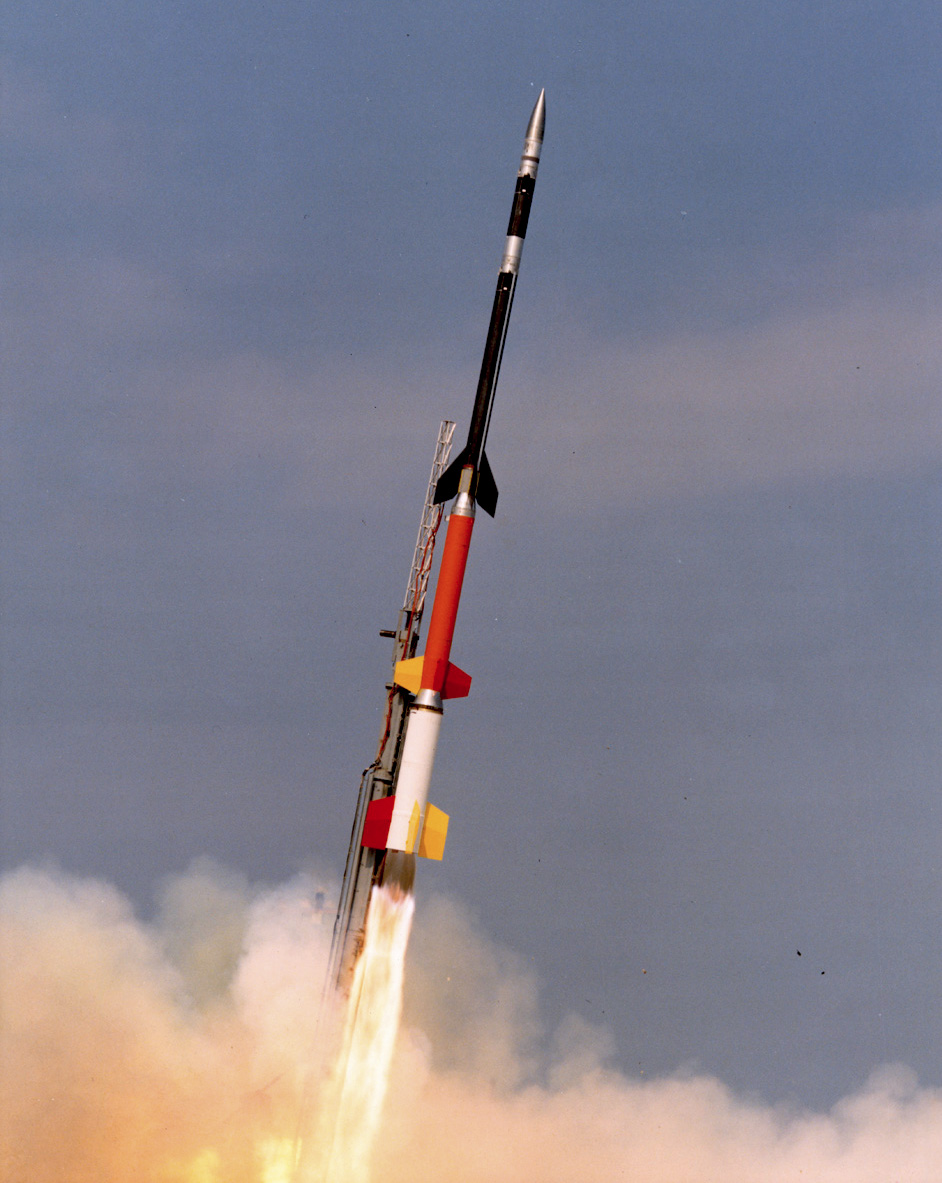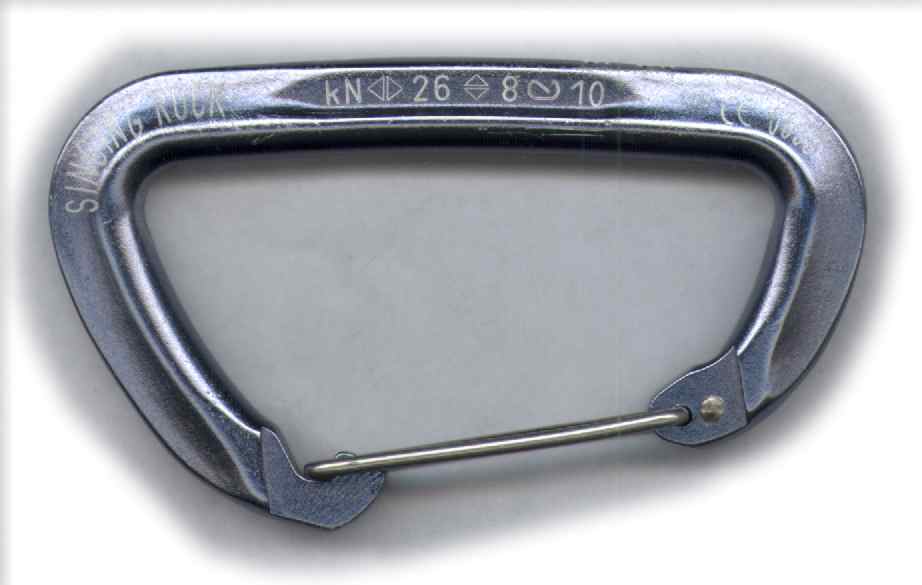|
Nike-Hawk
Nike Hawk is the designation of an American sounding rocket. It has an apogee of 160 km, a liftoff thrust of 217 kN, a total mass of 1100 kg and a total length of 9.00 m. It is a two-stage rocket made from a Nike and a Hawk anti-aircraft missile motor, and was designed to launch a 90-kg research payload to an altitude of 160 km. References External linksMore information about Nike Hawk (part way down) Nike (rocket family) {{rocket-stub de:Nike Hawk ... [...More Info...] [...Related Items...] OR: [Wikipedia] [Google] [Baidu] |
Nike (rocket Family)
Nike often refers to: * Nike, Inc., a major American producer of athletic shoes, apparel, and sports equipment * Nike (mythology), a Greek goddess who personifies victory Nike may also refer to: People * Nike (name), a surname and feminine given name *Nike, daughter of Shahrbaraz Arts, entertainment, and media * Nike Award, a Polish language literature prize * The ''Winged Victory of Samothrace'', also known as the ''Niké of Samothrace'', an ancient statue of the goddess Nike * Nike of Callimachus, an ancient statue of the goddess Nike * Nike of Paionios, a statue of Nike from Olympia, Greece * Nike of Paros, a sculpture from Paros * Nike of Megara, statue from Megara * Nike of Epidaurus, a temple akroterion * Nike (Hadrian's Library), found in Hadrian's Library * Nike of Marathon, a modern bronze statue of the goddess * Nike Fixing her Sandal, a marble relief from the Acropolis of Athens * Nike Assists the Wounded Warrior, modern sculpture in Germany * Nike Instructs the ... [...More Info...] [...Related Items...] OR: [Wikipedia] [Google] [Baidu] |
Sounding Rocket
A sounding rocket or rocketsonde, sometimes called a research rocket or a suborbital rocket, is an instrument-carrying rocket designed to take measurements and perform scientific experiments during its sub-orbital flight. The rockets are often used to launch instruments from above the surface of the Earth, the altitude generally between weather balloons and satellites; the maximum altitude for balloons is about and the minimum for satellites is approximately . Due to their suborbital flight profile, sounding rockets are often much simpler than their counterparts built for orbital flight. Certain sounding rockets have an apogee between , such as the Black Brant X and XII, which is the maximum apogee of their class. For certain purposes, sounding rockets may be flown to altitudes as high as to allow observing times of around 40 minutes to provide geophysical observations of the magnetosphere, ionosphere, thermosphere, and mesosphere. Etymology The origin of the term comes fr ... [...More Info...] [...Related Items...] OR: [Wikipedia] [Google] [Baidu] |
Apogee
An apsis (; ) is the farthest or nearest point in the orbit of a planetary body about its primary body. The line of apsides (also called apse line, or major axis of the orbit) is the line connecting the two extreme values. Apsides pertaining to orbits around different bodies have distinct names to differentiate themselves from other apsides. Apsides pertaining to geocentric orbits, orbits around the Earth, are at the farthest point called the ''apogee'', and at the nearest point the ''perigee'', like with orbits of satellites and the Moon around Earth. Apsides pertaining to orbits around the Sun are named ''aphelion'' for the farthest and ''perihelion'' for the nearest point in a heliocentric orbit. Earth's two apsides are the farthest point, ''aphelion'', and the nearest point, ''perihelion'', of its orbit around the host Sun. The terms ''aphelion'' and ''perihelion'' apply in the same way to the orbits of Jupiter and the other planets, the comets, and the asteroids of t ... [...More Info...] [...Related Items...] OR: [Wikipedia] [Google] [Baidu] |
Kilonewton
The newton (symbol: N) is the unit of force in the International System of Units (SI). Expressed in terms of SI base units, it is 1 kg⋅m/s2, the force that accelerates a mass of one kilogram at one metre per second squared. The unit is named after Isaac Newton in recognition of his work on classical mechanics, specifically his second law of motion. Definition A newton is defined as 1 kg⋅m/s2 (it is a named derived unit defined in terms of the SI base units). One newton is, therefore, the force needed to accelerate one kilogram of mass at the rate of one metre per second squared in the direction of the applied force. The units "metre per second squared" can be understood as measuring a rate of change in velocity per unit of time, i.e. an increase in velocity by one metre per second every second. In 1946, the General Conference on Weights and Measures (CGPM) Resolution 2 standardized the unit of force in the MKS system of units to be the amount needed t ... [...More Info...] [...Related Items...] OR: [Wikipedia] [Google] [Baidu] |
Project Nike
Project Nike (Greek: Nike (mythology), Νίκη, "Victory") was a United States Army, U.S. Army project proposed in May 1945 by Bell Laboratories, to develop a line-of-sight (missile), line-of-sight anti-aircraft missile system. The project delivered the United States' first operational anti-aircraft missile system, the MIM-3 Nike Ajax, Nike Ajax, in 1953. Many technologies and rocket systems used for developing the Nike Ajax were re-used in other projects, many given the "Nike" name (after Nike (mythology), Nike, the goddess of victory from Greek mythology). The missile's first-stage solid rocket booster became the basis for many types of rocket, including the Nike-Hercules Missile, Nike Hercules missile and NASA's Nike Smoke rocket, used for upper-atmosphere research. History Project Nike began in 1944 when the United States Department of War, War Department demanded a new air defense system to fight jet aircraft that flew too high and fast for anti-aircraft guns. Two propos ... [...More Info...] [...Related Items...] OR: [Wikipedia] [Google] [Baidu] |
MIM-23 Hawk
The Raytheon MIM-23 HAWK ("Homing All the Way Killer") is an American medium-range surface-to-air missile. It was designed to be a much more mobile counterpart to the MIM-14 Nike Hercules, trading off range and altitude capability for a much smaller size and weight. Its low-level performance was greatly improved over Nike through the adoption of new radars and a continuous wave semi-active radar homing guidance system. It entered service with the US Army in 1959. In 1971 it underwent a major improvement program as the Improved Hawk, or I-Hawk, which made several improvements to the missile and replaced all of the radar systems with new models. Improvements continued throughout the next twenty years, adding improved electronic counter-countermeasures, ECCM, a potential home-on-jam feature, and in 1995, a new warhead that made it capable against short-range tactical ballistic missiles. ''Jane's Information Group, Jane's'' reported that the original system's single shot kill probab ... [...More Info...] [...Related Items...] OR: [Wikipedia] [Google] [Baidu] |




